I'm looking for the best way to store and query a family tree (a graph of people with their relationships like a genealogy ) into a relational database.
I guess, that can be easily achieved by using a graph database but I have a strong constrain.
I use .NET and Microsoft technologies, and the ideal is probably to find some kind of technology that can sit on top of a relational DB so that both can be used at the same time ..
Any suggestions or advices are welcome !
Thanks guys Riana
